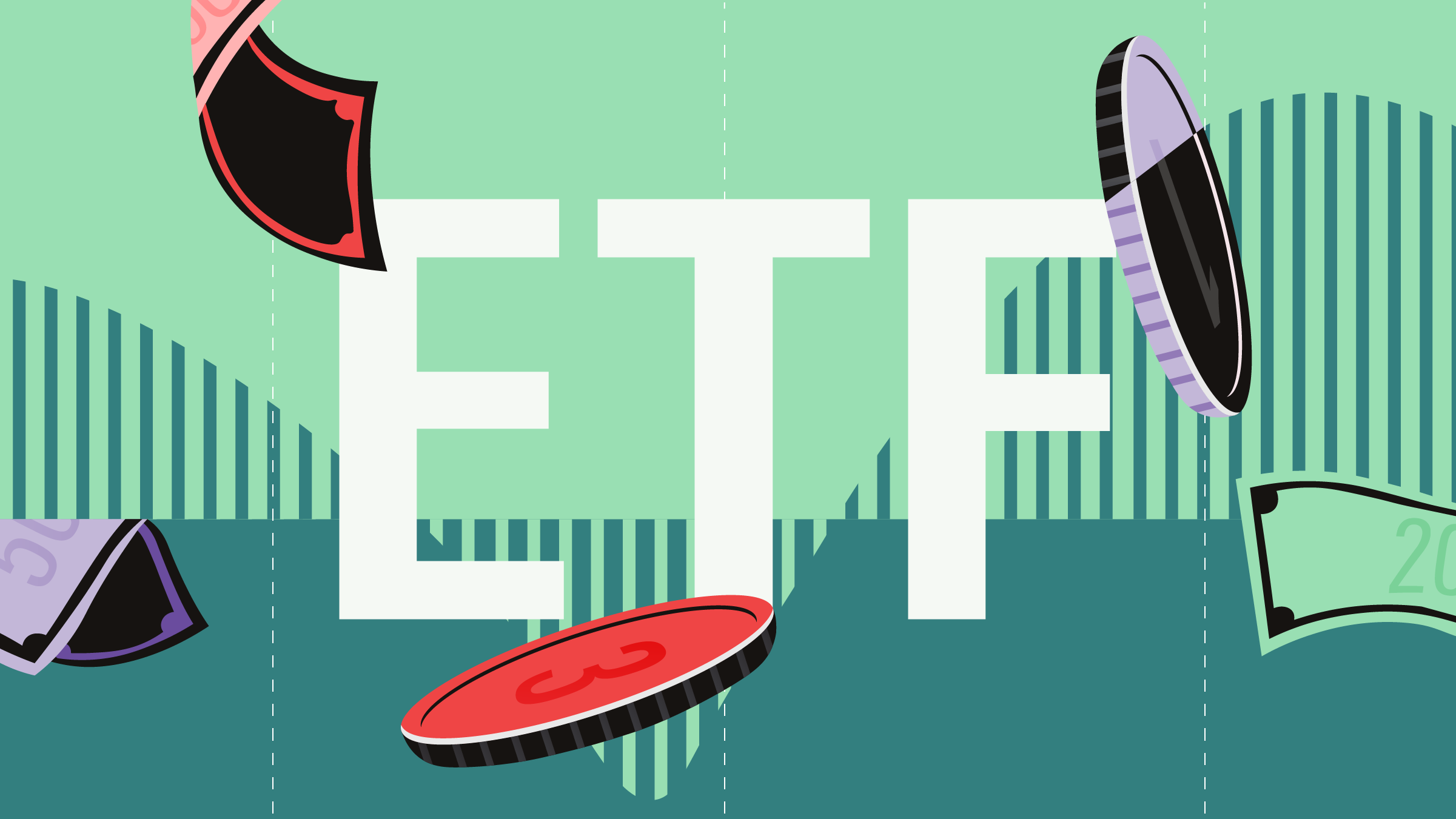Investor sentiment
Investors were once again disappointed during 2002, when the economic recovery during the spring lost speed and promised economic reforms were further delayed. Foreigners are repetedly amazed by the continous lack of economic common sense among Japanese politicians on issues such as overcapacity, bad l
oans, foreign trade, immigration and infrastructure investments.
But even now, after so many years of decline, there is still hope. The latest argument to turn optimist is the appointment of a new governor at the Bank of Japan. Masaru Hayami's five-year term as the central bank's governor ends on March 19th, and yesterday prime minister Junichiro Koizumi said that a new chief will be named around February 20th. A month ago Mr Koizumi promised that he will pick somebody who will work more actively to end deflation. But many investors doubt that he will dare appoint someone willing to use all possible means of generating inflation. Still, the short term focus will be on the central bank.
Outlook
Even if the Japanese government implemented all the necessary reforms, economists generally agree that it would still take over a year to feel any positive effects. But investors are, of course, forward looking and history shows that increased optimism can be enough to lift the Tokyo market.
Add to this that both the Japanese government and major financial institutions in the past have often been accused of actively supporting the Tokyo stock market when it has threatened to fall too low at the end of the Japanese fiscal year, on March 31st. Since the MSCI Japan index as of January 31st is 23% below the level at the beginning of the present fiscal year, one could argue that the upside potential during February and March is larger than the downside risk.
















